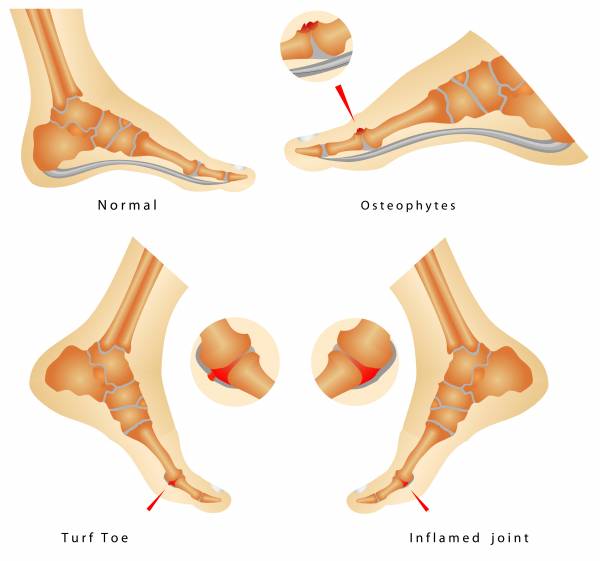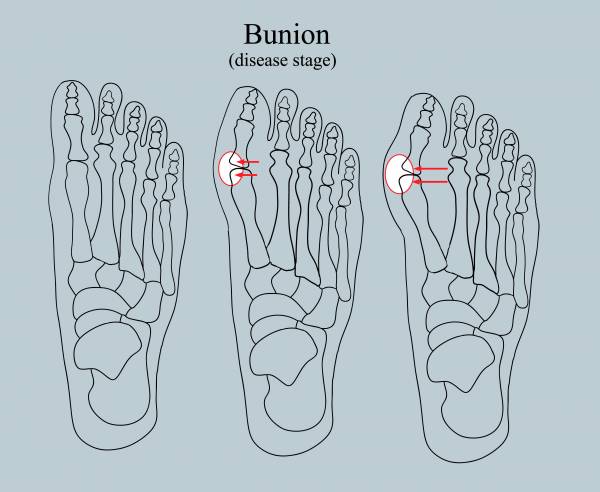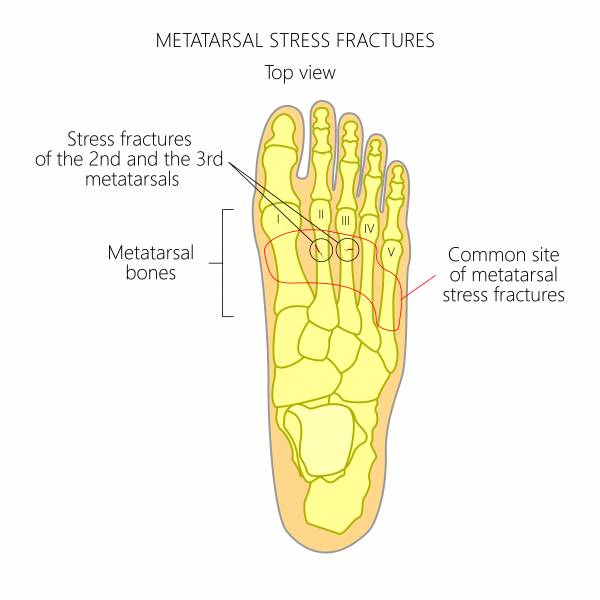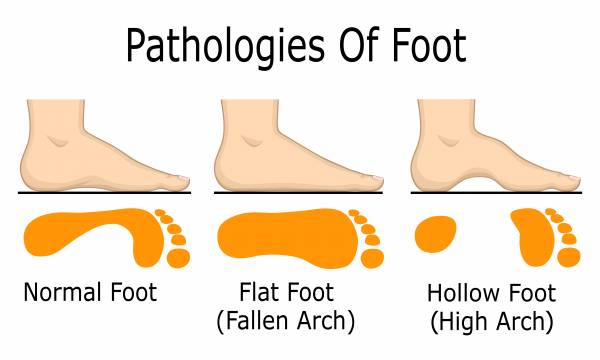I love feet. They are a truly fascinating part of the body. In the foot, there are 26 bones, 33 joints, and over 100 ligaments and muscles. The irony lies in the fact that the rest of the lower extremity only has four bones (femur, patella, tibia, fibula), four joints, and 41 muscles.
I love feet. They are a truly fascinating part of the body. In the foot, there are 26 bones, 33 joints, and over 100 ligaments and muscles. The irony lies in the fact that the rest of the lower extremity only has four bones (femur, patella, tibia, fibula), four joints, and 41 muscles.
Basically, the foot dictates the rest of the movements that occur in the lower body. And I would argue that poor foot positioning could, in fact, cause someone neck pain.
The foot functions not only to absorb shock as we walk, squat, run, and jump, but also to provide a rigid surface from which we can push off and do it again. Many of the muscles that control foot movements have attachment higher in the leg, at the tibia and fibula.
The high stress placed on the feet during athletic participation can cause imbalances in these muscles, leading to biomechanical dysfunction. When dysfunction arises, it can lead to significant pain and poor movement ability for the athlete.
In this article, I’ll highlight some of the most common overuse foot conditions that I treat. Additionally, we’ll discuss appropriate ways to manage the dysfunction until you finally decide to seek out someone smarter than you.
Turf Toe
Turf toe is a condition that occurs due to repetitive hyperextension of the big toe. This is seen in people who wear light flexible shoes (minimalist shoes, like Nanos and Inov8s) or with movements that require repeated, forced hyperextension of the great toe (box jumps, double unders, triple extension in the Olympic lifts).
Symptoms are pretty cut and dried: pain and tenderness at the big toe joint, pain during pushing off, and pain with passive movement of the big toe joint. Most often, it’s a good idea to get an X-ray to rule out the possibility of a fracture. If you’re not into that, then rest and ice.
There are a couple of great taping techniques you can also do to limit the motion of the toe and provide a little support. In the long run, a stiff-soled shoe or turf toe inserts may also be a wise move.

Bunions
Bunions! AKA “Old Lady Toe.” This is probably the most common foot problem I encounter. Often, people who develop bunions over-pronate. This means that instead of using the muscles that support the arch, you are relying on ligaments and bones to support the foot with each step, allowing your arch to collapse, and push off is occurring from the great toe rather than the ball of the foot.
Symptoms include tenderness and pain at the inside of the great toe, and are worsened by wearing shoes with a narrow or pointy toe box. Over time, the angulation of the great toe in reference to the foot increases.
When this begins, you can use ice and rest to decrease inflammation, get a shoe with a wider toe box, or seek out an orthopedist who specializes in the foot. The orthopedist will likely take films to measure the degree of angulation, recommend orthotics, or (worst case scenario) repair it surgically, rendering your high heel wearing days a thing of the past.

Stress Fractures
Over the last year, I’ve seen my fair share of metatarsal stress fractures in CrossFit athletes. A stress fracture is usually the result of a combination of poor diet and overtraining. There are two groups of bone cells that are responsible for bone turnover.
One group breaks bone down and the other builds it up. When that balance is disrupted, the rate of break down overrides the rate of build up and the bone becomes weakened. This is the mechanism of osteoporosis and osteopenia as well. Typically, this occurs in the second and third toes.
Symptoms include tenderness over the middle or most distal portion of the metatarsal (long foot bone) with moderate swelling on the top of the foot. Any loading or weight bearing is usually quite painful, and often athletes will have continued pain with rest.
Initial X-rays are negative because the stress fracture is so small. A good ortho will take repeat films at three to four weeks to see if the body has started to develop a callous along that stress fracture. If that isn’t visible and pain persists, a bone scan or MRI may be warranted. Stress fractures are best managed with ice, decreased loading or non-weight-bearing, and casting in severe cases.

Plantar Fasciitis
The plantar fascia also becomes a source of pain and dysfunction in athletes who over-pronate or wear flexible, minimalist shoes without the appropriate amount of strength in their foot muscles.
Plantar fasciitis is inflammation and micro-tearing of the plantar fascia. This presents as pain with first steps in the morning, tenderness along the arch and heel, and thickening of the plantar fascia.
Different from plantar fasciitis, athletes can also strain the plantar fascia. This strain usually occurs in the early stages of training and is associated with running, jumping, and other repetitive stresses.
Athletes who are overweight, have tightness in the muscles of the calf, and weakness in the supporting muscles in the foot are at highest risk. If untreated, a strain will develop into a nasty case of plantar fasciitis, taking upwards of eight months to resolve.
Take home message? Stay mobile in your lower half, wear good shoes, and be smart in your training. A good way to see if a minimalist shoe is right for you? Grab a piece of butcher paper and get your feet wet. Stand on the paper with bare, wet feet. Take a look at your footprint. Which does it look like?
If you have a normal foot or high arch, you’ll probably be okay in Nanos or something similar. If you have a flat foot, you may require something with a little bit more support. Find a good running shop in your hometown (even if you aren’t a runner).
Most independently owned shops are operated by individuals who know a thing or two about athletic shoes. When in doubt, seek out a podiatrist, orthopedist, or physical therapist. And if it keeps hurting – rest.







